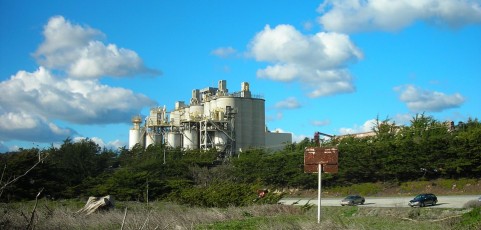What is Hydrogen Sulfide?
Hydrogen sulfide is a gas produced when organic matter decays. It is an unwanted product in several industries, one of them being wastewater systems. It is important that this gas be monitored due to the harmful effect on humans and to the corrosive effect on pipes in a wastewater system.
pH Paper Test
According to the EPA (Environmental Protection Agency), one simple way to test and monitor hydrogen sulfide is the use of pH paper. By checking the pH of the wall of the pipe that carries waste water with special colored paper, it can be determined if the pH is at the high or low end of the pH scale. A new pipe will be on the high end, about 10 or 11. Pipe that has been used for a while without hydrogen sulfide corrosion will be around 6 or 7. A pipe that has extreme hydrogen sulfide corrosion will test at the low end of the scale, about 1 or 2. Scheduled monitoring should occur at junctions, lift stations and other vulnerable locations.
Visual and TV Monitoring
Visual monitoring can be done by an employee. The thickness of the corrosion can be checked with a screwdriver or other sharp object to gauge depth. TV monitoring can also determine if corrosion is developing, although in that case, extensive corrosion may have already occurred. One disadvantage of this process is that hydrogen sulfide is unpleasant to breathe. High concentrations can injure or kill an employee.
Sonic Caliper Technology
Sonic Caliper Technology employs a sonic pointer to determine the condition of the inside of the pipe. The sonic system contains an instrument and is confined within the wastewater system. It is linked to an exterior computer by a cable connection. The computer controls the system and displays data results. Dimensions of the pipe and the presence of hydrogen sulfide corrosion can be determined.
Hydrogen Sulfide Monitor
Monitors can be used to check for the presence of hydrogen sulfide as well as other dangerous gases in the wastewater system. They are connected to the system similar to the sonic system. A hydrogen sulfide monitor checks for the presence of undesirable gases, but also employs an alarm system when levels are unacceptable. Alarms can be visual, or they can utilize sound to warn of system non-compliance. In addition, by checking for the presence of hydrogen sulfide gas before corrosion occurs, damage can be prevented or delayed with corrective measures.
These monitors can be linked to the system through an Ethernet port. Wireless options are available also. These are dependable, efficient and low-cost solutions to monitor the gases present in the system. Contingent upon the needs of the wastewater system, monitors can be purchased that detect one or more gases. Because the monitors can be deployed nearby or remotely, they are versatile ways to keep the wastewater system compliant with government regulations and safety concerns.

